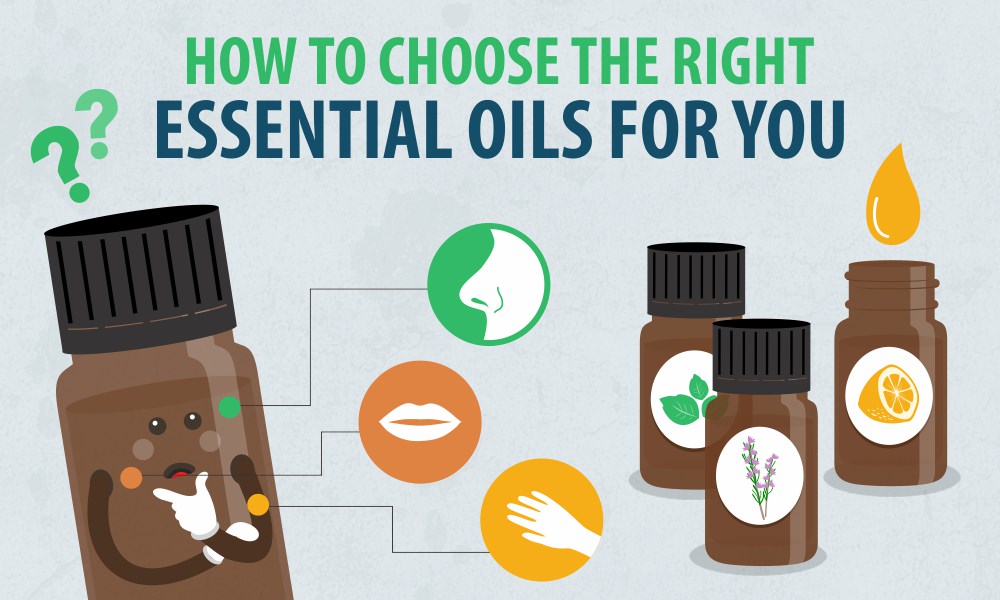HOW TO CHOOSE THE RIGHT ESSENTIAL OILS FOR YOU
BLOG: How to choose the right essential oils for you.
Do you know how a certain smell can instantly remind you of a vivid memory or a solid feeling? For example, a shower gel with a coconut scent can send you to the beach even though it’s mid-November? Or the smell of freshly baked cookies gets you back to your childhood?
The last century has seen a tremendous amount of change in the field of aromatherapy. A general trend to move away from synthetic chemicals back to more natural products have brought essential oils to the forefront and made them more readily available. With the many different essential oils to choose from, and the many brands, both in stores and over the Internet, choosing a high quality essential oil can seem a scary task.
We have prepared following pointers with respect to consumers point of view.
Cost
There are times when it pays to be thrifty, but buying essential oils isn’t one of them. Purchasing from a source that’s honest about how they make the oils will ensure that you end up with one that’s potent and uncontaminated-and that likely won’t be the economical option.
Purity
Speaking of “pure” essential oils, unfortunately, since there is no official or standardized definition of purity, it means very little with regards to the therapeutic value of any essential oil. Even oil that is 100% pure may not have been processed correctly and may not provide more than a mild, pleasant fragrance. Adulteration of essential oils is a serious problem; oils are adulterated at various stages of their production.
Retailers who specialize in selling essential oils will be more likely to provide authentic essential oils, as they will be more involved in the essential oil trade, and more likely to be concerned that their product be valid, since it is their primary source of business.
Essential Oil Testing
The first thing to look for to determine essential oil authenticity is that each oil is identified with the plant’s scientific or botanical name. Country of plant origin, extraction process used and expiration date are also important. Many of these vendors provide batch-specific GC/MS reports on their website. Some suppliers also provide MSDS sheets. Quality retailers are usually transparent about their products and are willing to answer any product related query.
Organic, Unsprayed, or Wild crafted
Look for oils that are organic as a first choice. Any pollutants on the plants can be more concentrated in the essential oil. Some retailers also carry oils that are “unsprayed,” where the farms are not certified as organic, but they do not spray their crops, and many good quality oils are also wild crafted.
Summary of What to Look For in Essential Oils
- Label: Botanical name, plant part, country of origin, distillation date and/or expiration date
- Cost: If it’s too good to be true, it probably is.
- Testing: Especially GC/MS testing
- Organic, unsprayed, or wild crafted
- NAHA or other association memberships
- Sustainability and economic cooperatives or initiatives
How to Sample an Essential Oil.
If purchasing an essential oil for aromatherapy, you don’t want to test it in the same way you would a perfume. Rather, there are some simple rules to follow when evaluating a scent:
- Do not place your nose right up to the open tester and sniff. The undiluted oil is incredibly strong and can give you a headache. Instead, hold the lid at least five inches from your nose and gently sniff.
- Do not put the oil on your body in the event you may be allergic to it.
- When comparing a variety of oils, take a break in between scents. Sniffing oils too closely together can overwhelm the senses and reduce your ability to discern the fragrant notes.


Leave a Reply